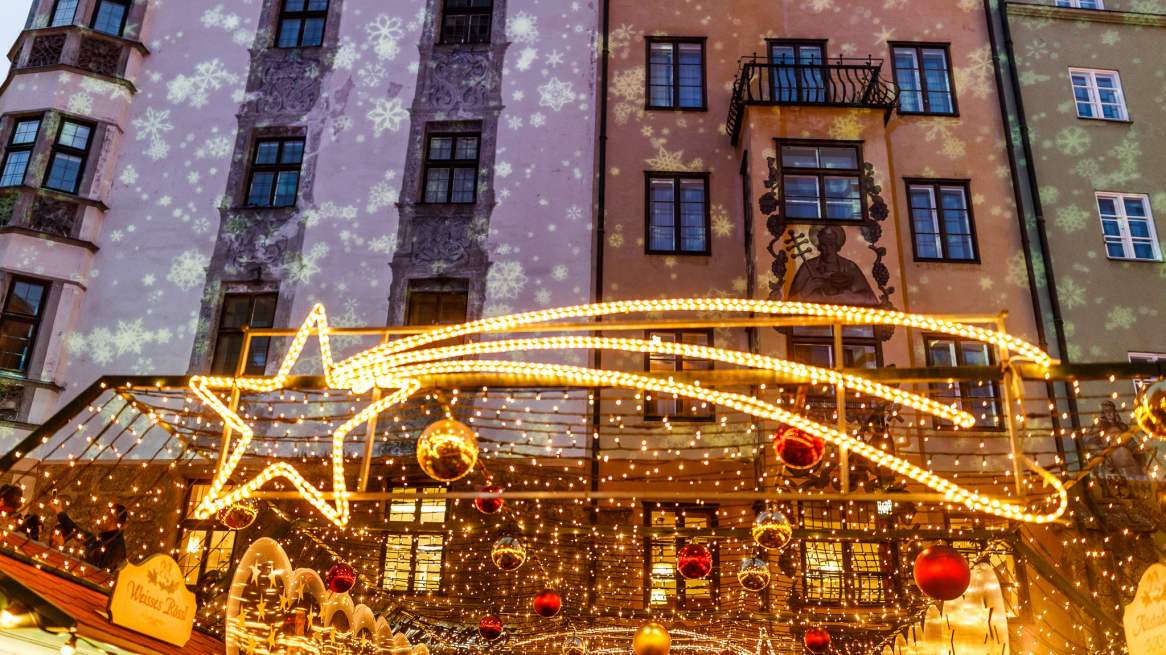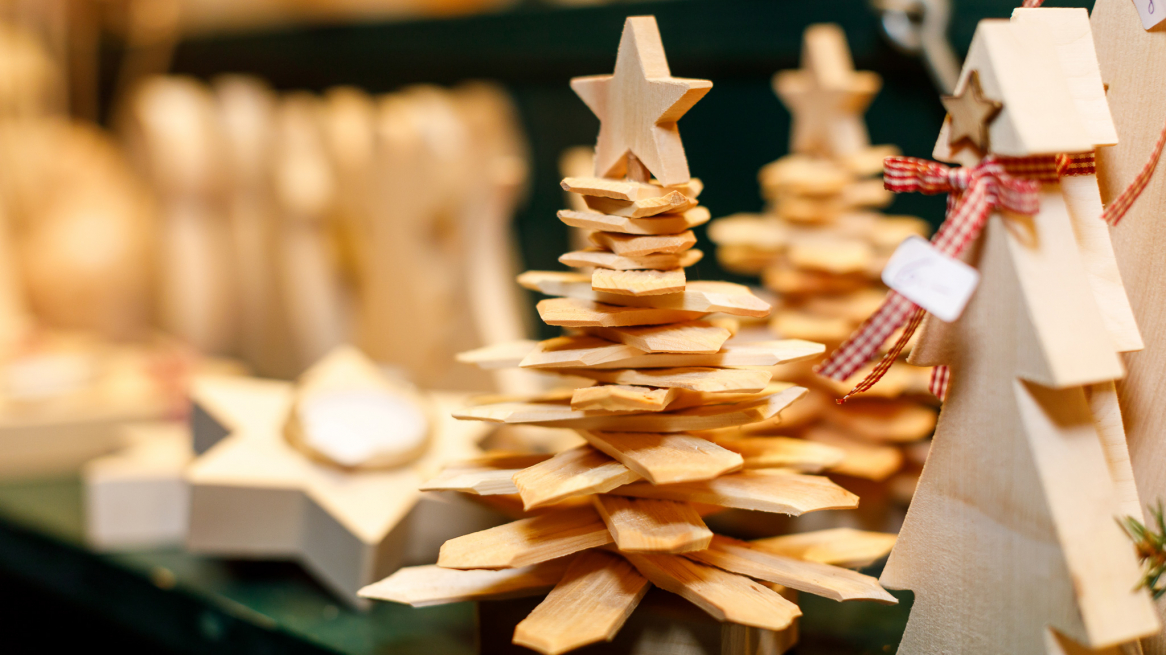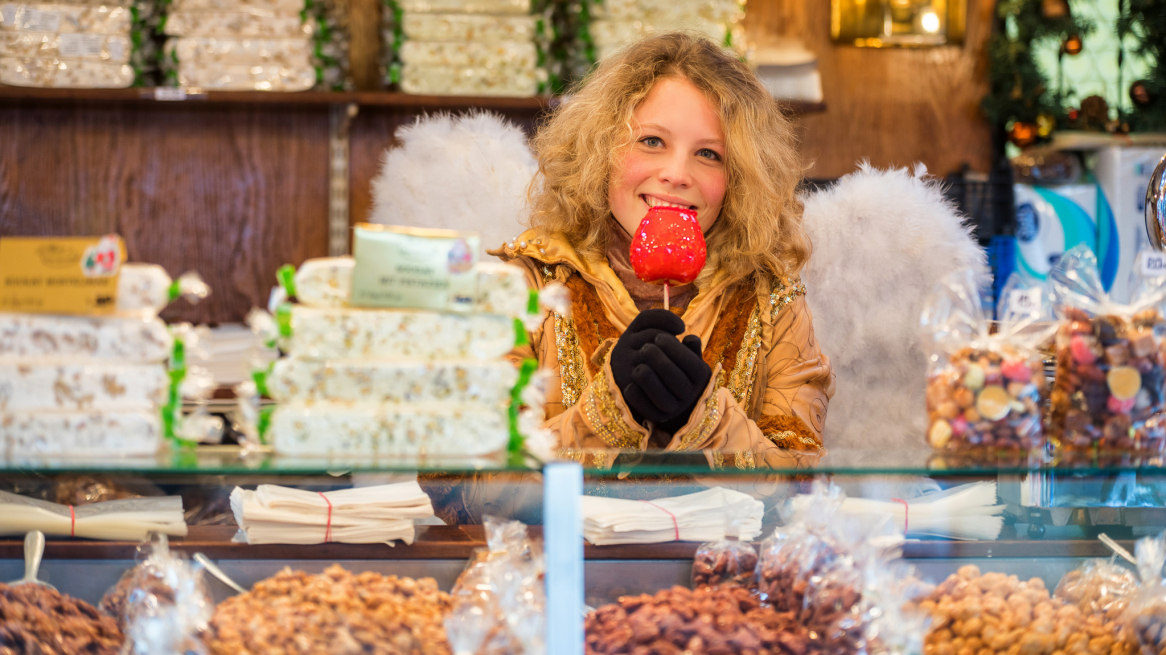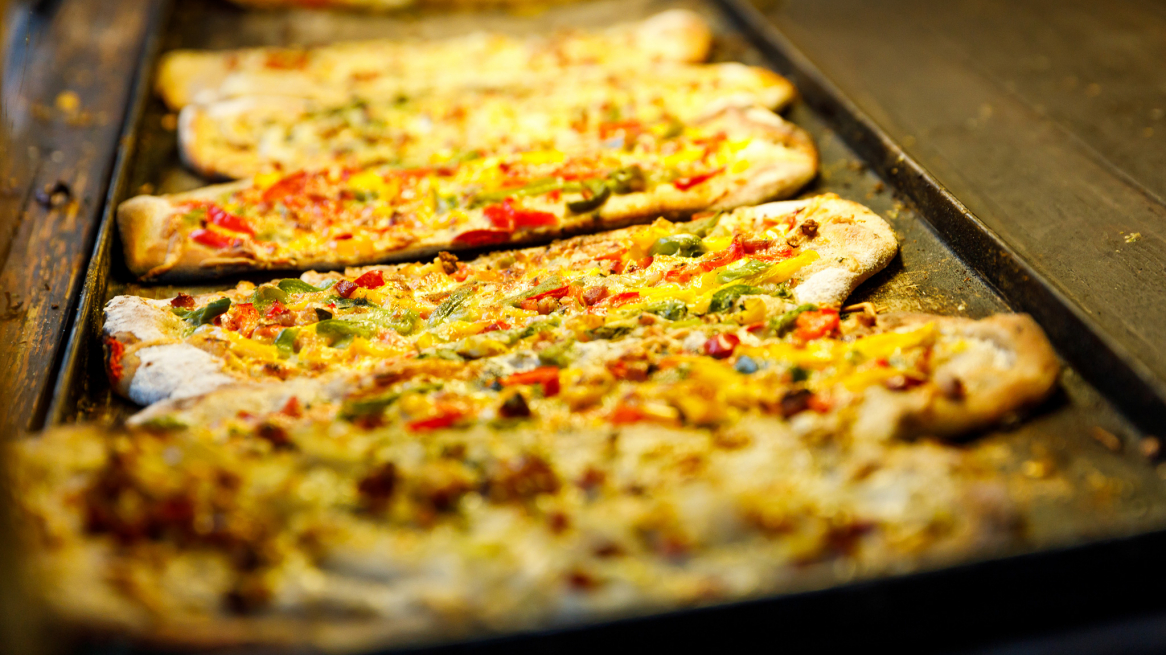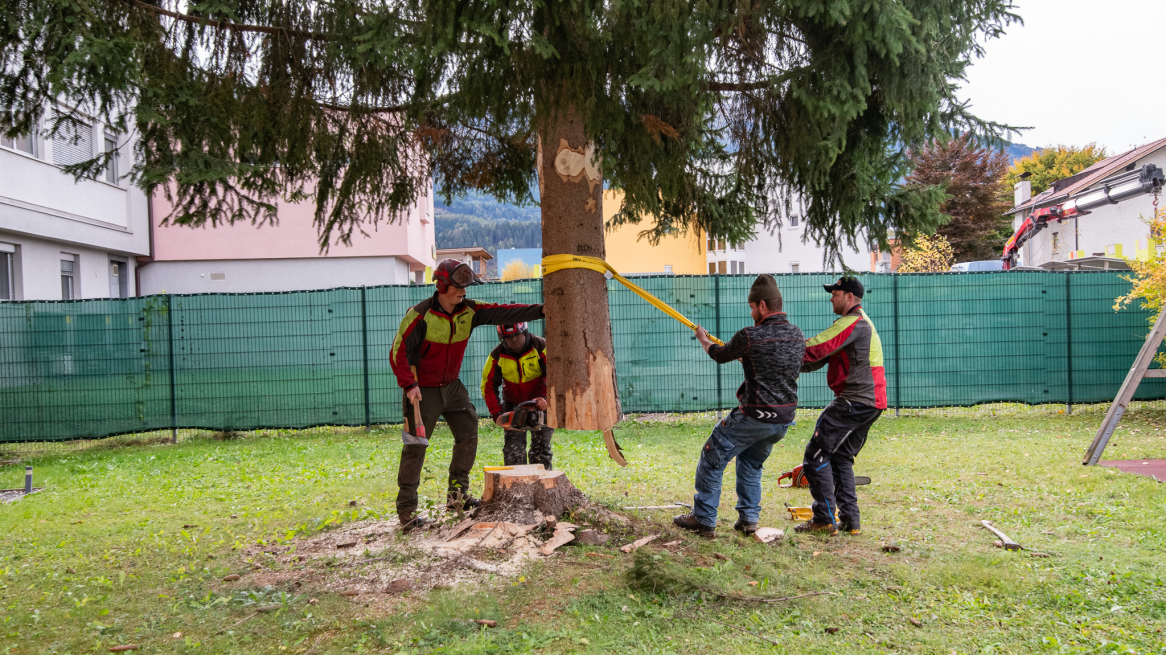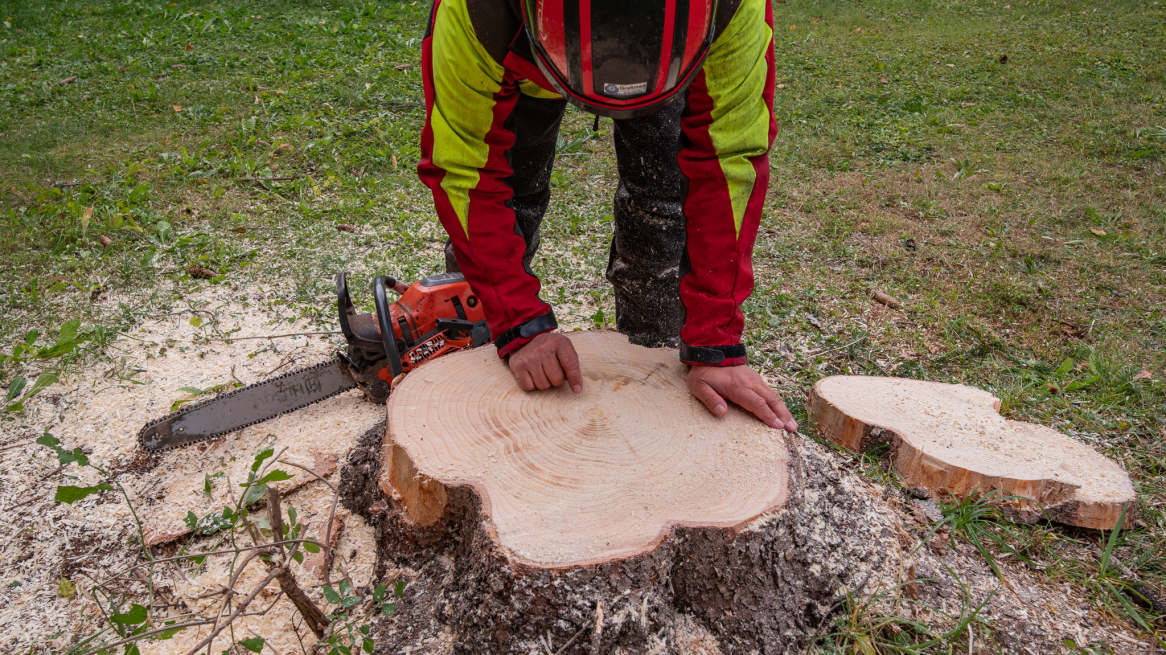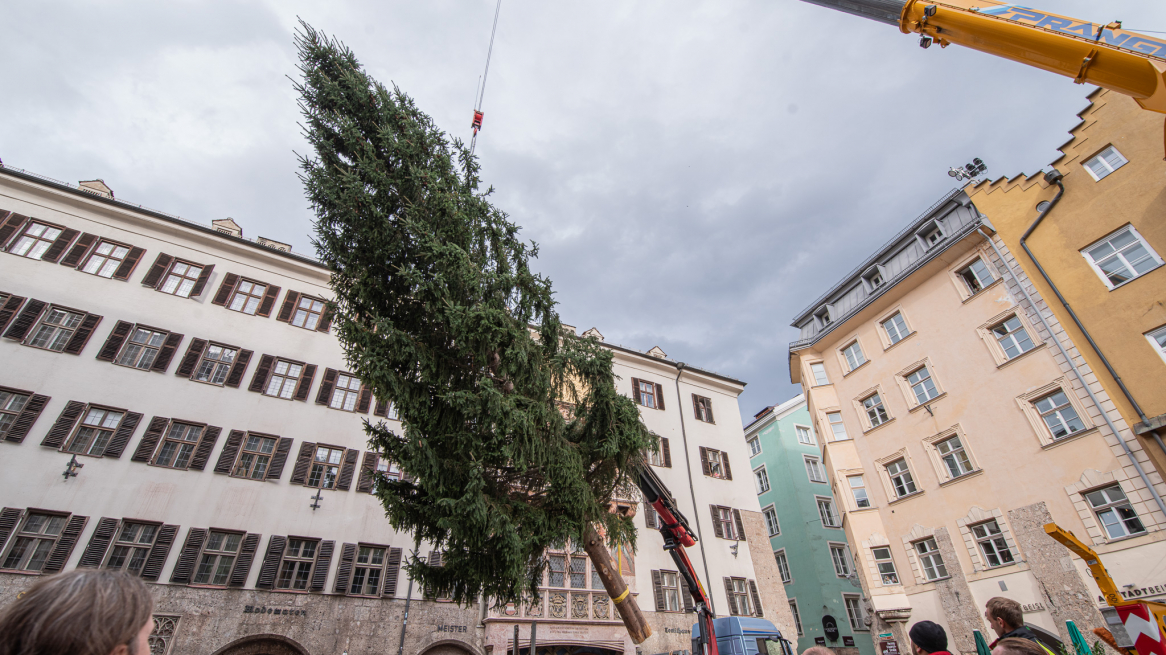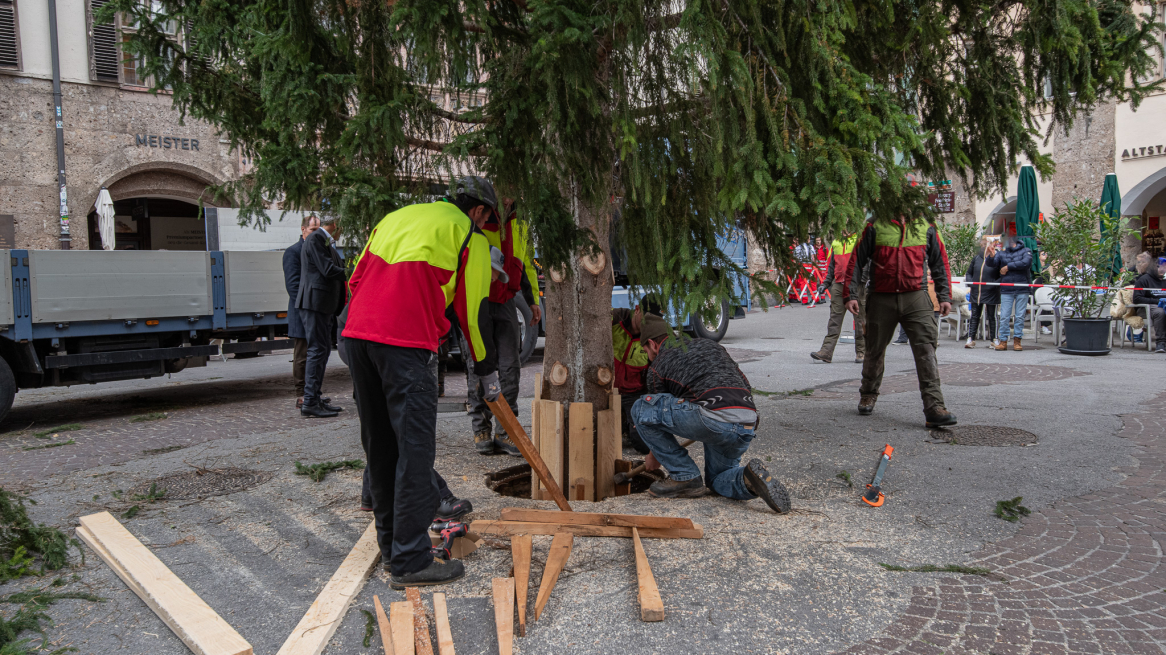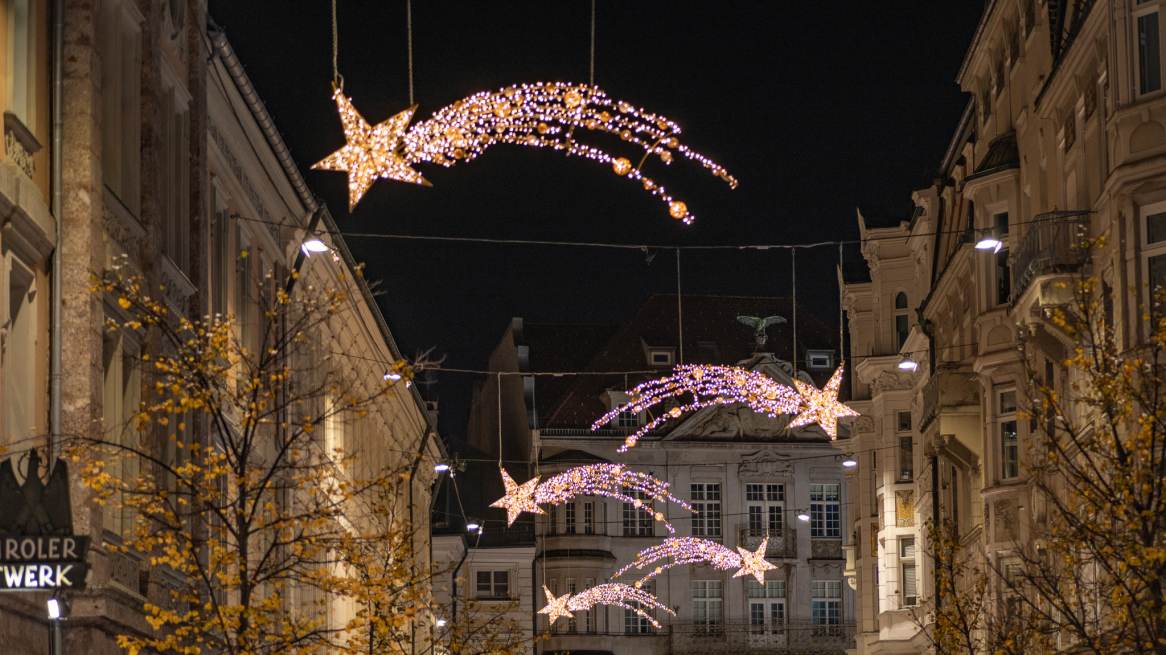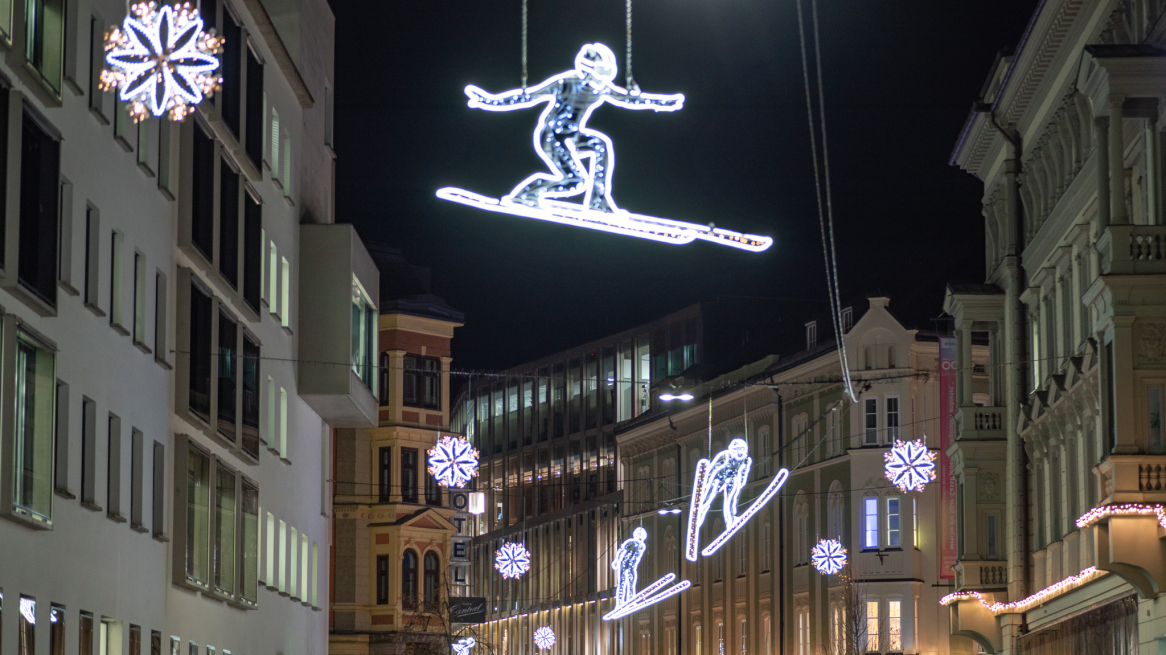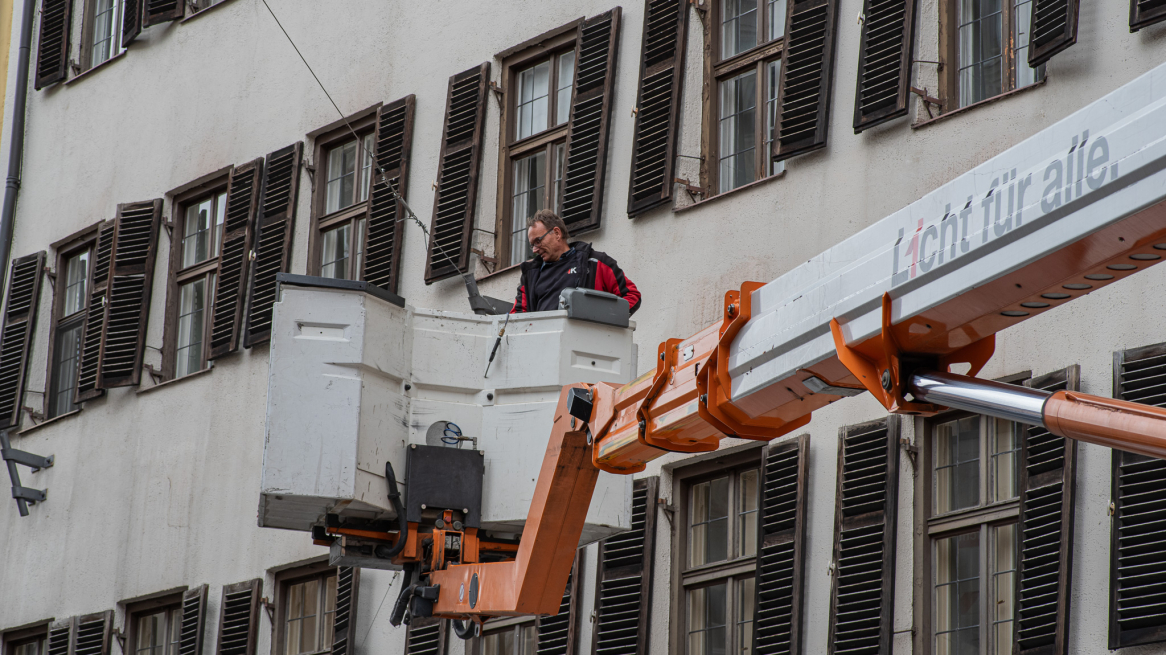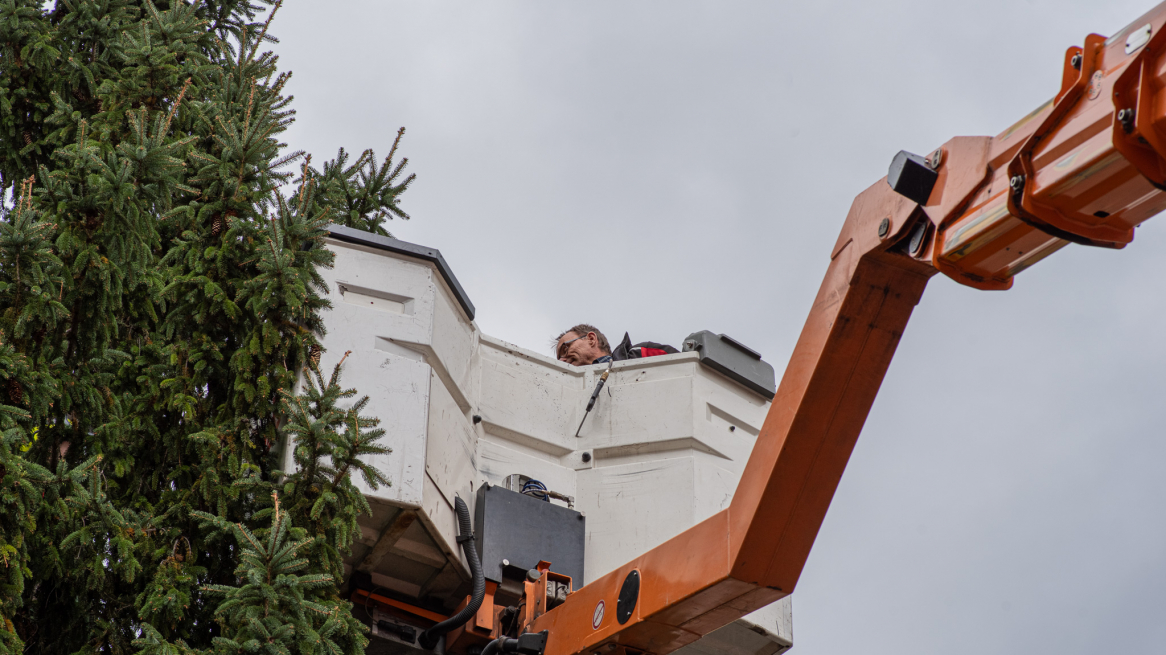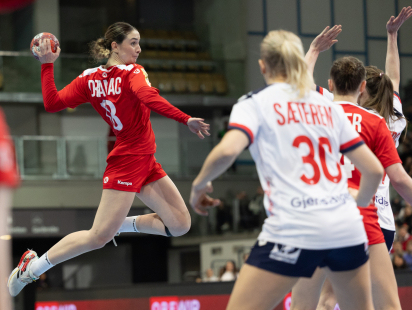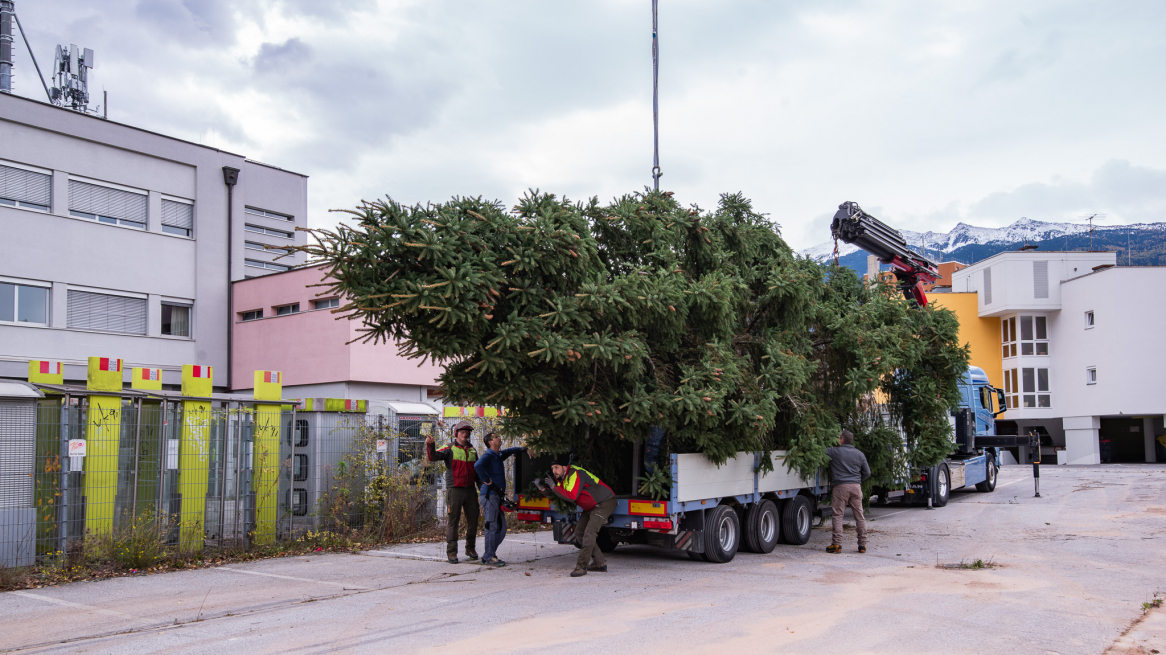
The Christmas market in the old town celebrates its 50th anniversary this year and once again gets us in the mood for the Christmas season with bright lights and cozy scents. But what actually happens behind the scenes of the Innsbruck Mountain Christmas? In this article, we take a look at the preparation, organization and the people who bring this event to life.
Seven markets, one brand
Mountain Christmas Innsbruck the seven Innsbruck Christmas markets are combined and advertised under this umbrella brand. The oldest organizer and responsible for the marketing of all Christmas markets is the Innsbrucker Zentrumsverein or IAI Veranstaltungs GmbH.
Everything else, however, is coordinated by the various players themselves. Here is a brief overview of the various markets and their organizers:
Christmas Market Old Town & Christmas Market Maria-Theresien-Straße
in 1974, the market in the Old Town was held for the first time in the form we know it today - making it the oldest Christmas market in Innsbruck. The market in Maria-Theresien-Straße has only been an integral part of Bergweihnacht since 2007, but it would be hard to imagine Christmas without it.
Both markets are run by the IAI.
Christmas Market Marketplace
Located directly on the Inn, the second oldest market celebrates its 30th anniversary next year. Its landmark is undoubtedly the 14 meter high crystal tree decorated with 17,500 Swarovski crystals.
It is run by Innsbruck Creativ Veranstaltungs GmbH.
Hungerburg Christmas Market
Since the completion of the Hungerburgbahn in 2007, the market with perhaps the most beautiful view over Innsbruck has been held right next to the mountain station of the Hungerburgbahn at 860 meters, making it the highest Christmas market in Innsbruck.
It is run directly by the Nordkettenbahn operated by the
Wilten Christmas magic
The market at Wiltener Platzl, which has been enriching the mountain Christmas with its ten stalls for 15 years now, offers a very special atmosphere. Because apart from apart from the lighting of the stalls, there is no artificial light here, with candlelight in 25 lanterns creating a cozy atmosphere.
The market is organized by the Rund ums Wiltener Platzl association.
St. Nicholas Christmas Market
Friends of contemplative music will feel particularly at home here, as the market in the St. Nikolaus district is accompanied by music every day to create a cozy atmosphere. The market, run by the Litterbach family, is celebrating its tenth anniversary this year.
Kaiserweihnacht Bergisel
Inspired by a Christmas market on the Schlossberg in Graz, the Graz-based advertising agency CompanyCode Werbe GmbH wanted to implement the idea of a traditional Christmas market "without any kitsch" in Innsbruck. Since 2018, visitors to the Bergisel have been able to enjoy traditional arts and crafts with a breathtaking view at Christmas time.
365 days of Christmas
Anyone who thinks that a Christmas market only requires a short period of preparation and work each year will be just as surprised as I was. The IAI gave me an insight into a year full of Christmas.
In December
the actual preparation begins, even before the last Christmas market comes to an end. Ideas for redesigns, technical improvements or innovations are already being collected while the market is still running. Research is carried out and ideas are exchanged with other markets in German-speaking countries. Inspiration is sought when visiting other markets or at Christmasworld at Messe Frankfurt, which is the world's leading trade fair for Christmas decorations and ornaments with around 1,000 exhibitors from around 40 countries. In addition, the market is completely photographed, measured and digitized every year, day and night, and the entire infrastructure and products are archived with photos.
Decorative lights at the Christmas market in the old town. © Thomas Steinlechner
Products on the stands. © Thomas Steinlechner
From December to January
the storage logistics for repairs, improvements and future operations are already planned when the stands are dismantled, so that they can then be stored in such a way that they are accessible for the next operation.
The application phase for stall operators runs until the end of January. Each year, they have to submit a new application, including photos of the goods on offer.
From February to April
the applications are reviewed and selected after any necessary personal interviews. The request for proposals for new ideas and the review of technical feasibility also fall within this period, as does a very important task, namely the color selection and design of the new cups.
By May
the overall budget is drawn up.
By June
contracts are concluded with stand operators and suppliers, the entire supporting program (customs, music, children's program) is drawn up and the dates are set.
By July
the entire program booklet for all markets and its translations (i.e. in German, English and Italian) are created, and the website and social media channels are updated.
In September
the operational implementation phase begins. This includes the commissioning of event logistics (delivery, security companies, cleaning companies) as well as the registration and submission of event concepts to the authorities.
Info angel. © Danijel Jovanovic Photography
Tarte flambée at the culinary stand. © Thomas Steinlechner
From September to October
recruitment of staff for set-up and dismantling, the search for employees for the information stand, the information angels and the two in-house catering stands. To this end, job interviews are conducted non-stop for around ten days. This is followed by the finalization of the marketing plan.
In November
is actively advertised and the stands and lighting are set up so that the first markets can finally open in mid-November, thus closing the circle once again.
The trees
They are as much a part of the Christmas market as mulled wine and bring the cozy scent of the forest to the markets. But how do they get there, and who puts them up? The Office for Forests and Nature (formerly the Innsbruck Forestry Office) has always been entrusted with this task.
This year, the work begins on November 2, but before that, permits have to be obtained and the trees selected. The first tree is the one for the old town, which this year comes from Pontlatzer Straße. A special vehicle with a crane and a low-loader have to be requested and organized for this tree.
After felling, the tree hangs on the crane. manuel Stabentheiner
The age of the tree is determined by counting the annual rings. manuel Stabentheiner
On the day the tree is erected, its stability is checked by a specialist and its state of health is determined. In the old town, the tree is then wedged into a shaft and secured to the surrounding houses on three sides with steel cables. After the tree has been erected in front of the Golden Roof, the head of the city traditionally invites all the employees who were involved in erecting the tree to a meal.
The tree is erected in front of the Golden Roof. manuel Stabentheiner
The tree is wedged in a shaft. manuel Stabentheiner
Once the largest tree is in place, the rest can follow. In total, there are then about 15 trees for the Innsbruck districts and about 70 for public institutions. Each tree (mostly spruce, but also fir) is selected according to size and shape, depending on where it is to be set up (e.g. indoors, outdoors, large square, etc.), and then undergoes an assessment of its general state of health and stability. After the Christmas markets, the trees are collected and made available as food for the animals at the Alpine Zoo.
This task is carried out by around twelve employees of the Office for Forests and Nature, who do a great job every year.
The lights
Anyone who has ever visited Innsbruck at Christmas time will know that not only the Christmas markets shine in atmospheric light, but also the rest of Innsbruck.
The main people responsible for this are Innsbruck's municipal utilities, which, alongside companies such as MK Illumination (which also provides LUMAGICA in the Hofgarten in the Hofgarten) are responsible for the majority of Innsbruck's Christmas lighting. I was also able to be a part of this work for several years.
Shooting stars of the Innsbruck Christmas lights. © Manuel Stabentheiner
Ski jumpers at the Innsbruck Christmas lights. © Manuel Stabentheiner
In addition to decorating the streets of the city center with shooting stars, ski jumpers, snowflakes, lots of baubles, stars, hearts and other things, around 23 trees also have to be decorated every year. All the fairy lights for the trees add up to around 21 kilometers, enough to span the Inntal valley from the Hafelekarspitze to the Patscherkofel valley station and back.
Of course, a ladder is not enough to decorate the trees, which is why the Christmas lighting expert's best friend is a lorry with a Steiger body. Three of these special vehicles are in constant use in the run-up to Christmas, each manned by two people. The largest has a reach of 28 meters, while the two smaller ones can reach 19 meters into the air. Preparations start at the end of October, the large tree in the old town is decorated on November 7, the city center should be illuminated by November 15 and the rest of Innsbruck by two days before the first Advent.
The tree is secured with steel cables. manuel Stabentheiner
Work begins on the tree in the old town. manuel Stabentheiner
The highlight of the work is literally the tree in front of the Golden Roof. At a height of up to 20 meters, you can admire the Golden Roof from above. Around 2.5 kilometers of fairy lights with around 1,300 to 1,500 LED bulbs adorn this tree, so of course you immediately think of high energy consumption. But you'd be wrong: thanks to the conversion to LEDs, you could simply plug in a normal household hairdryer in front of the Golden Roof instead.
There are always two teams working on this giant. The team with the larger climber takes on the upper part, the other team the lower part. You'd better have a head for heights and climbing skills, because in addition to the fairy lights, the power supply for this tree first has to be laid upwards and then outwards on the branches. This work is usually done by the employee who can most easily work his way up to the top between the branches. As I am rather short and also like climbing, I was usually allowed to take on this task. In any case, the view up there is breathtaking.
On January 6, the Christmas sparkle in Innsbruck is already over, but not the work, because now it's time to clear away the lights. To ensure that everything is ready for next year, all the fairy lights have to be checked for functionality, defective chains repaired and broken LED lamps replaced. This work usually takes until the end of March. Once they are all in working order, they are cleaned and finally put back in their boxes, waiting for next year's tree to shine in Christmas splendor.
I hope this article has given you some interesting insights behind the scenes of the Innsbruck Mountain Christmas. And if you like, this year you can raise your cup in honor of those who create all this for us.
Header image: © Manuel Stabentheiner
Similar articles
The Axamer Lizum hosted the International German Ski Championships for the first time at the end of…
All waltz or what was that? My first dance steps were almost exactly 20 years ago. But…
Austria is about to experience a premiere as a sporting nation: together with Switzerland and Hungary, it…
The carnival in Axams is one of the six major traditions of the "fifth season" in Tyrol.Every…

